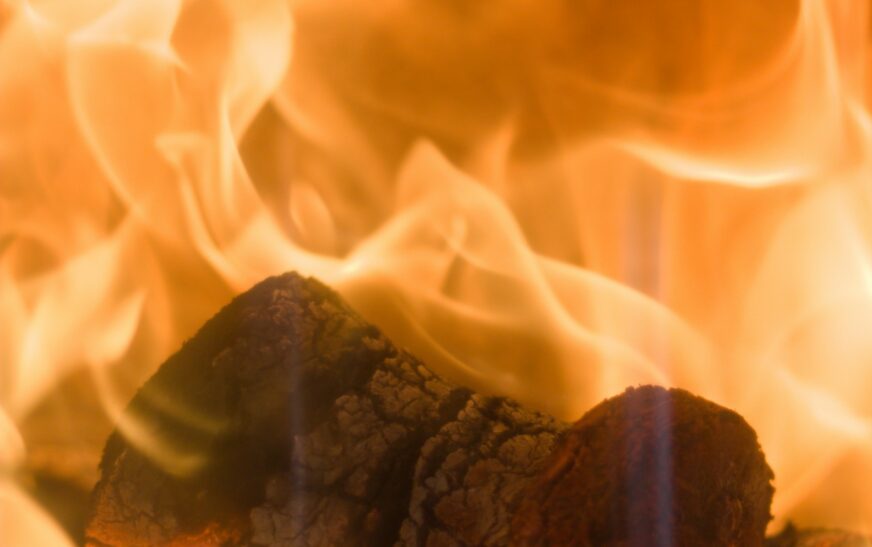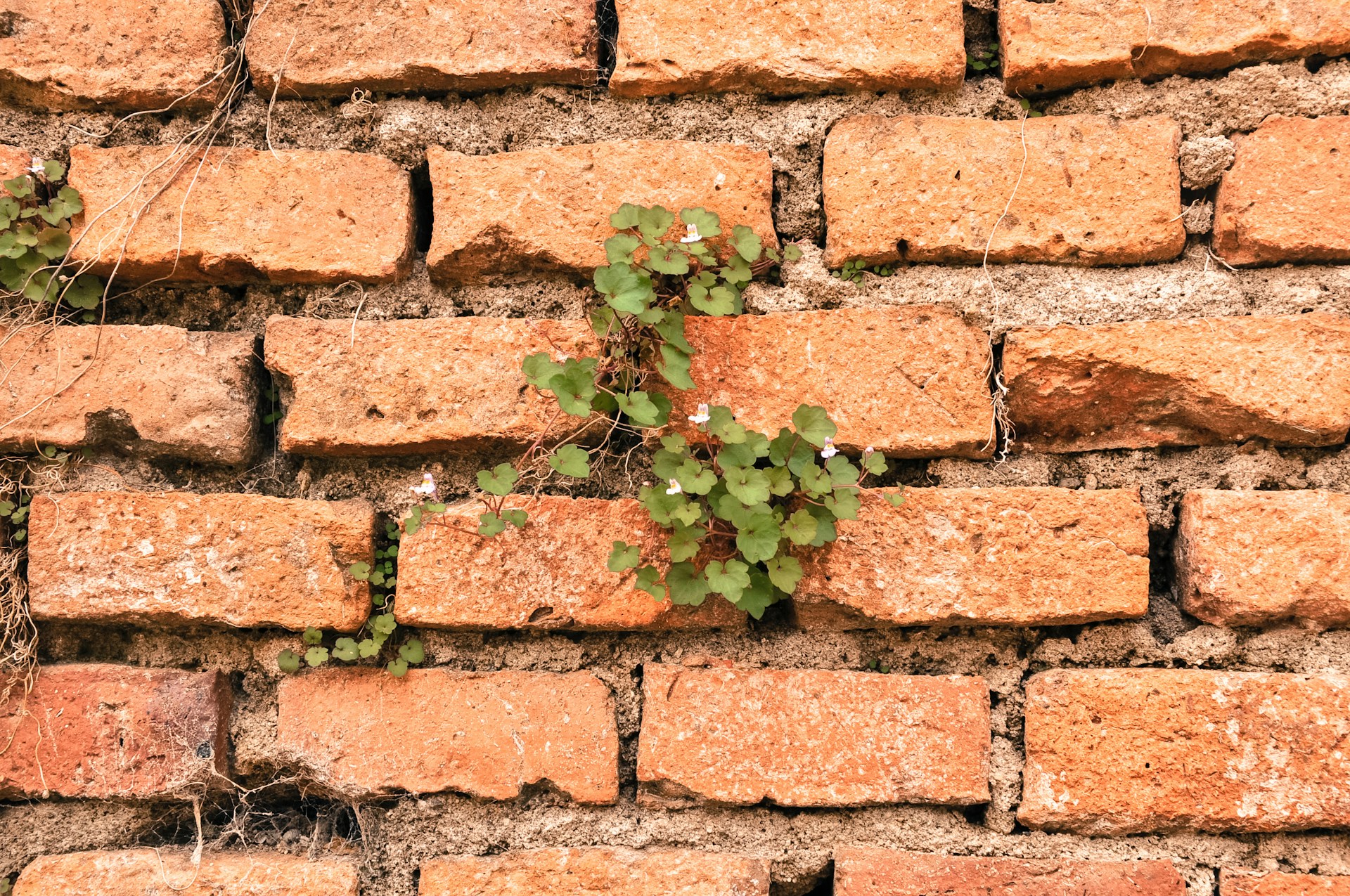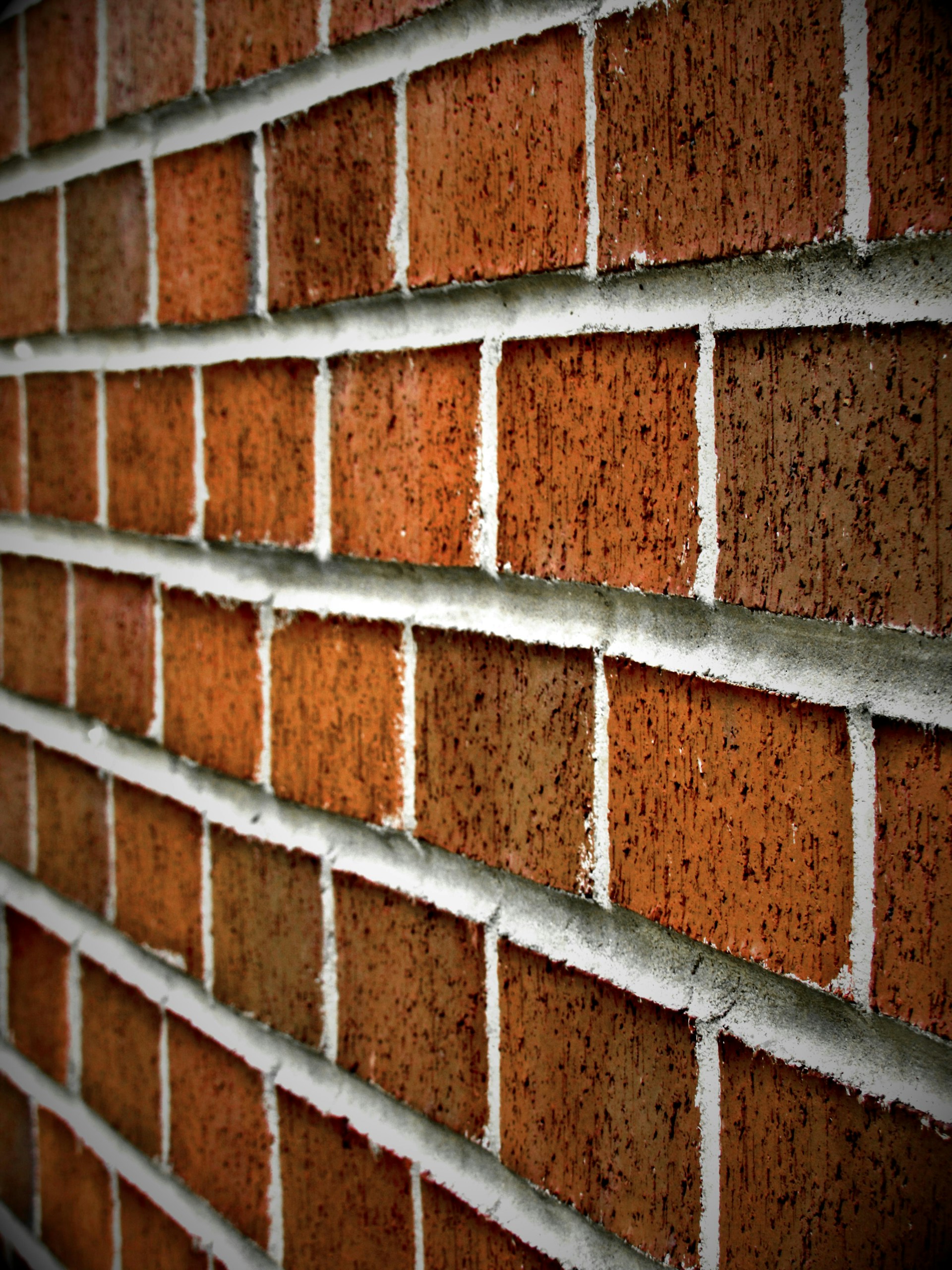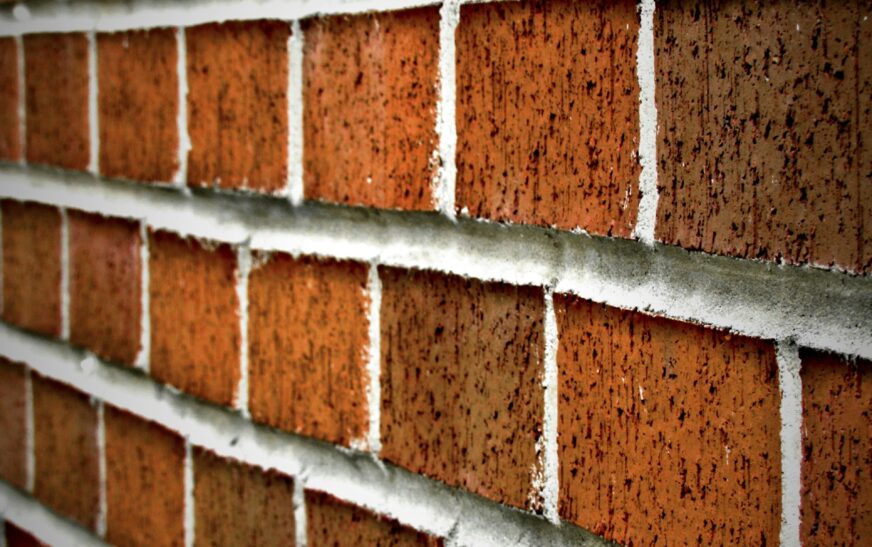In a world where fire safety is non-negotiable—whether in home construction, industrial design, or emergency planning—building materials must withstand heat without contributing to combustion. One material that often stands out for its durability and fire resistance is brick. But have you ever wondered: can brick burn?
Can Brick Burn?
At first glance, the answer seems obvious. Brick doesn’t look like something that would catch fire. It’s dense, heavy, and comes from the earth itself. But let’s not be too quick to jump to conclusions. The topic, though it might seem straightforward, invites a deeper exploration of material science, thermodynamics, and building codes. So, let’s dig in—brick by brick.
What Is Brick Made Of?
Before evaluating whether brick can burn, we have to understand what it’s made from. Traditional bricks are composed primarily of:
- Clay
- Shale
- Sand
- Occasionally lime or other stabilizers
These raw materials are mixed, molded, and then fired in a kiln at temperatures typically between 1,800°F and 2,000°F (982°C to 1,093°C). This high-heat process essentially “bakes” the brick, turning it into a hard, non-combustible, ceramic-like structure.
So, Can Brick Burn?
The short, simplified answer: No, brick cannot burn in the traditional sense. It does not ignite, does not contribute fuel to a fire, and does not release toxic fumes. Brick is considered a non-combustible material, and its use in construction is one reason why many buildings remain standing even after devastating fires.
That said, there are nuances worth examining.
What Happens When Brick Is Exposed to Fire?
Just because something doesn’t burn doesn’t mean it’s entirely immune to fire damage. When brick is subjected to prolonged high temperatures, especially in a direct flame or structural fire, the following can happen:
1. Thermal Expansion and Cracking
Brick expands under intense heat. This expansion, particularly when uneven (e.g., one side of the wall is hot while the other is cool), can lead to cracks. While brick won’t combust, it can fail structurally under extreme thermal stress.
2. Spalling
This occurs when moisture trapped inside the brick turns to steam, causing the outer layers of the brick to pop off or flake. Spalling weakens the surface and, over time, compromises the integrity of the wall.
3. Mortar Degradation
Even if the bricks themselves are fire-resistant, the mortar holding them together may not be. Many mortar compositions are less heat-tolerant and can weaken or crumble, especially after repeated thermal cycling.
How Fire-Resistant Are Bricks Compared to Other Materials?
Let’s put brick in perspective. In terms of fire resistance, brick ranks incredibly high among common building materials:
| Material | Combustibility | Fire Resistance Rating |
|---|---|---|
| Brick | Non-combustible | 1–4 hours (depending on wall thickness) |
| Wood | Highly combustible | None without treatment |
| Vinyl siding | Combustible | Minimal |
| Concrete | Non-combustible | High |
| Steel | Non-combustible but weakens under heat | Moderate |
As you can see, brick is a top-tier fire-resistant material, which is why it’s so commonly used in chimneys, firewalls, kilns, and industrial structures.
Why Is Brick So Fire-Resistant?
The fire resistance of brick is not by accident—it’s the result of how it’s made. The kiln-firing process fundamentally transforms clay minerals into stable crystalline forms, such as mullite and cristobalite, which are highly resistant to thermal degradation.
Additionally, brick’s density and lack of flammable components mean fire has nothing to “consume.” Compare that with wood, which is full of carbon-rich cellulose that burns readily. Even engineered materials like plastics or composite siding contain volatile chemicals that react to heat. Brick, by contrast, is chemically inert once cured.
Can Any Brick Type Burn or Break Down in Fire?
Here’s where the conversation gets more nuanced. Not all “bricks” are created equally. Some common brick-like materials may not perform as well under fire exposure:
- Adobe or mud bricks, which are sun-dried rather than kiln-fired, are more vulnerable to fire and water.
- Reclaimed or antique bricks may contain flaws or absorbed moisture that make them more susceptible to thermal cracking or spalling.
- Decorative faux bricks made from resin, foam, or plastic can absolutely burn, as these are not real bricks.
So while true fired clay bricks won’t burn, it’s essential to verify the composition of your wall materials before making assumptions.
Brick in Building Codes and Fire Safety Standards
The fire-resistant qualities of brick are recognized by construction and fire safety authorities worldwide. In many regions:
- Brick walls are required for fire-rated separations between apartment units or attached homes.
- Chimneys and fireplaces must be constructed with fire-rated masonry like brick or firebrick.
- Exterior walls in wildfire-prone areas often use brick to meet wildland-urban interface codes.
In fact, UL (Underwriters Laboratories) and other certifying bodies regularly test and rate brick assemblies for their Fire Resistance Rating (FRR), which may range from one hour to four hours or more depending on design and thickness.
Read More : Will Command Strips Stick to Brick? A Detailed Look at Adhesion and Surface Compatibility
The Final Verdict: Can Brick Burn?
If you’re asking “can brick burn?”, the definitive answer is no—at least not in the conventional sense of combustion. Brick does not catch fire, feed flames, or release smoke. However, it’s not entirely invincible. High heat can cause brick to crack, spall, or degrade structurally, especially if compounded by poor construction or weak mortar.
Still, among the vast array of building materials, brick remains one of the most fire-resilient options available. Whether used in fireplaces, exterior walls, or firebreaks, its proven durability and heat tolerance make it a cornerstone of fire-safe construction.










